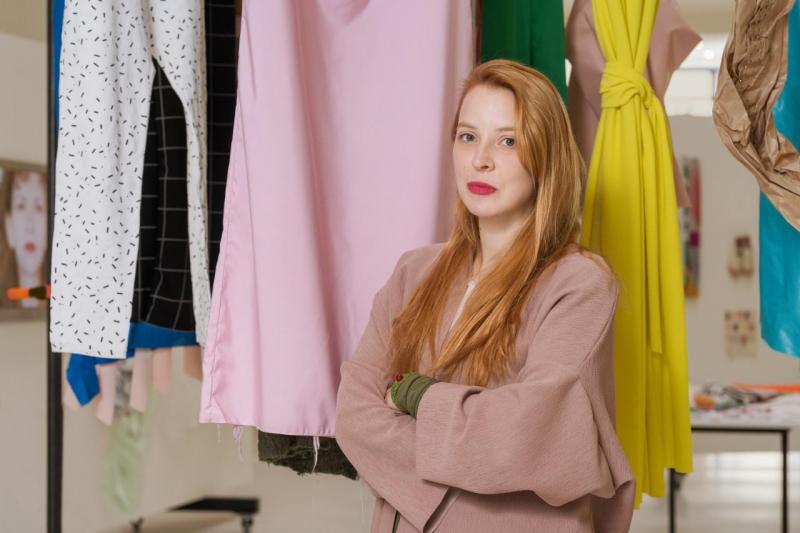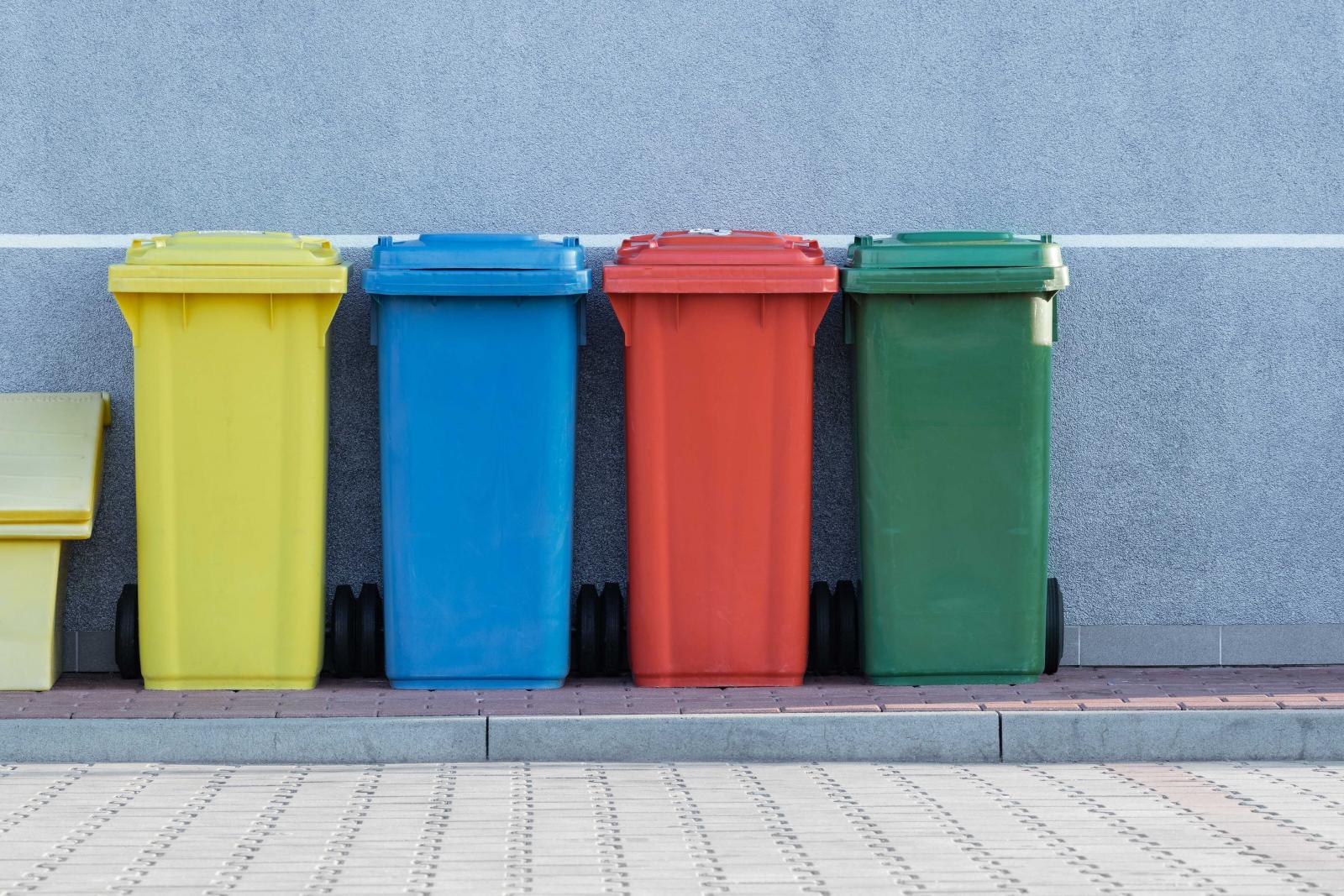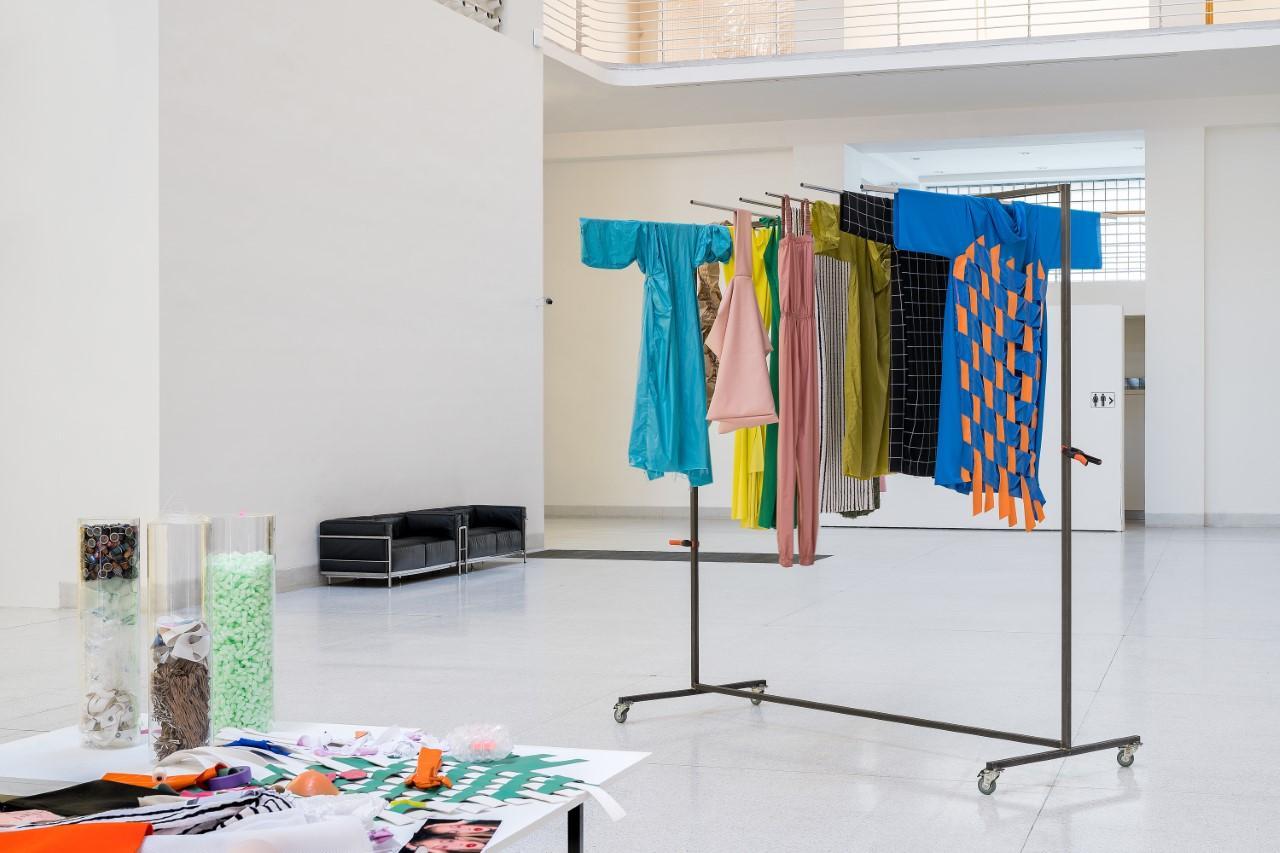Topic
Companies get rid of waste, students get material for work. A recycling station has been set up at the FFA BUT

A space where students can come for free to choose materials for their work and to consult about their artistic intentions. It is also a place where companies can donate surpluses that would probably end up as waste in landfills or incinerators. This is the recycling station, which was invented and set up by Romana Drdová, a doctoral student of FFA BUT. The station should be operational at the faculty from the spring semester and Romana Drdová is now considering whether to turn the idea inspired by her stay in New York into a startup and offer it to other institutions.
In 2018, the artist Romana Drdová spent some time in New York for a residency. It was also where she first visited Materials for the Arts. “It is a centre, more like a community centre, that has existed since 1979. The organization has contracts with companies, artists and institutions. The way it works is that companies import their surplus. Like carpets, packaging material, mannequins. And artists and institutions can sign up and come in about three times a month to choose things for their work. It's like a business. They can just take as much material as they want and have it for free,” Drdová explains.

As an artist who focuses on working with different materials, this excited her. “I use a lot of interesting materials in my work. For instance, I love working with textiles and I have brought various unconventional fabrics from my travels around the world,” she says. She therefore remembered the whole thing two years ago, when as a doctoral student at the Body Design Studio at FFA BUT she had the opportunity to write a project within the internal KInG grant competition. “My supervisor, Lenka Klodová, liked the idea because it has an impact on a large number of students. It also approached Dean Filip Cenk, because the project can be used for material reduction directly from the school. In art schools, the corridors are usually crowded with various installations and nobody does anything about it. The recycling station could also be used to reuse its own materials,” explains Drdová.

What's more, she can imagine that other BUT faculties would be involved in the future. Whether by donating materials or setting up their own recycling stations. “I would like that very much, but unfortunately I don't have any contacts at the other faculties, so if someone would contact me, I would be very happy,” adds Romana Drdová.
Although the project is now scheduled to run for two years, Romana Drdová would like to develop it even after the grant ends. “I found that two years is not enough time to get started. I would like to stay involved as a coordinator,” she says, adding that she would welcome new collaborators. “As an artist, I see the creative part. I'm learning the practical one as I go along. I would need someone who has experience in financing, recruiting people, etc.”
Since the end of last year, the recycling station at FFA has been in trial operation. “Most of the time, students contact me directly by e-mail or through social networks and we make arrangements,” Drdová says, adding that from the summer semester the space will be official. In February, a website was added to the existing Instagram profile, where interested guests can find out more about the current range of materials, for example. “Unfortunately, we are limited by space, so I have to choose the materials. So far it's my curatorial choice. After all, I have some of my own experience and I can estimate which materials are worth including and which ones I can continue working with,” she explains. At the moment, students can choose from a variety of fabrics or carpet remnants, for example.
(zeh)
BUT can play a significant role in Czech Republic's gaming development
You have to have an open mind to play my game – says the author of the successful video game afterglitch
Women from BUT who move the world of science and technology
It's an opportunity to bring art to people, says a graduate of FFA BUT, whose work comes to life in ČT art jingles
She designed a board game from the gothic universe, now a graduate of a FFA is motivating other game developers